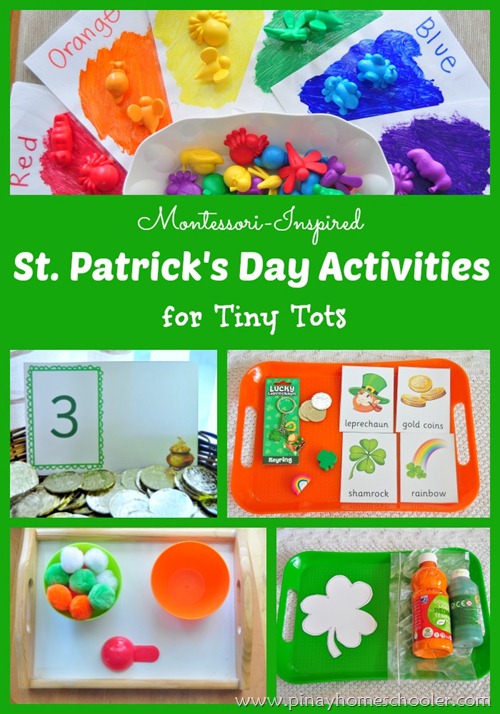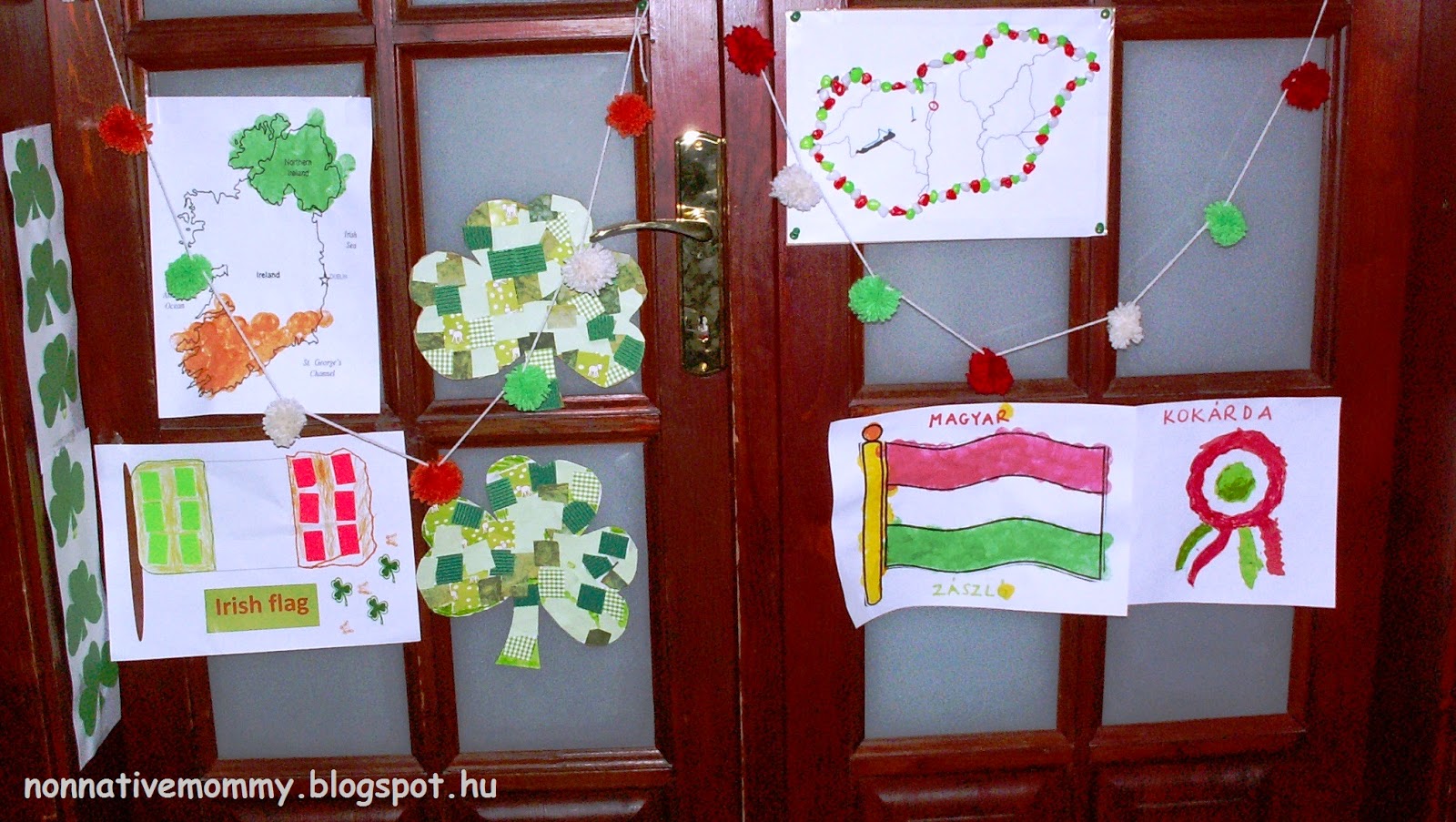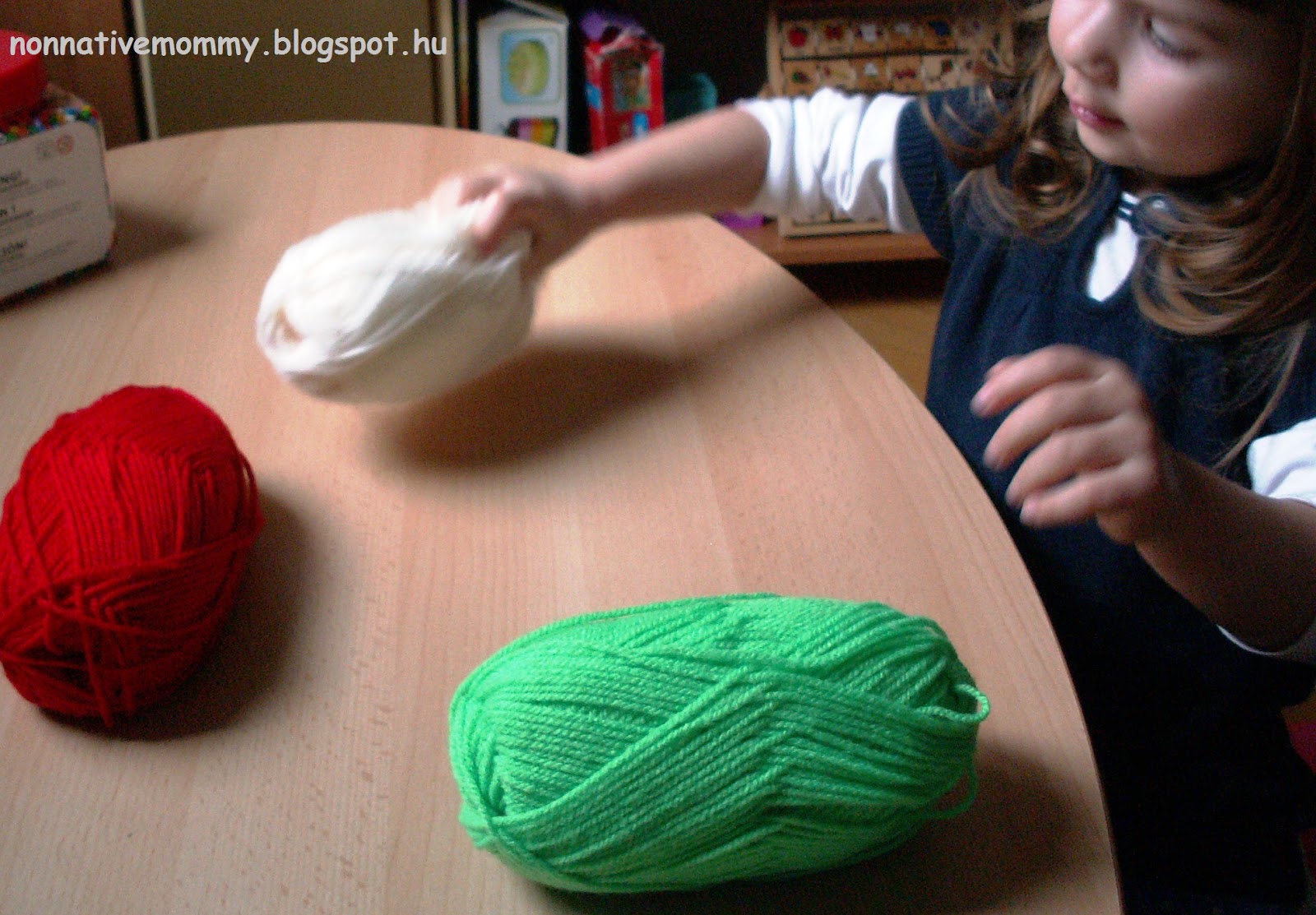February has arrived and Valentine's Day is only 2 daysaway. In Hungary people didn't celebrate it for a long time but nowadays it has become very popular. The only reason we deal with it at all is that E. can see a lot of shop windows where Valentine's Day decorations are diplayed and she is asking questions.
I've found some fun and useful activities online which have the symbols of this special occasion (hearts, roses, candies etc.) but the main focus is on something more educational.
In the last couple of days we've been working on these:
Valentine Patterns (from mrspspecialities.blogspot.com)
I downloaded the Valentine Patterns (freebie) and we cut them out together. This was the first time E. had been cutting properly, holding the scissors in the right way and actually cutting. What a breakthrough! I drew a smiley on her right hand thumb and she kept telling herself:
- Smiley up and I can cut.
Then we sat down to finish the patterns.
She had no problems with the ABABAB patterns
ABBABBABB was a little more difficult
ABCABC patters were challenging
But she got the hang of it by the end
Number heart match (numbers)
I'm getting more and more fascinated by a blog I've found recently. At Welcome to Mommyhood you can read about healthy foods, recipes for kids and toddler activities like the Valentine's Day number matching. This activity is more about numbers than about Valentine's Day.
I downloaded the printable, laminated and cut the hearts out. E. liked it a lot, though she missed the zero.
I gave her all the numbers from 1 to 20 as she is an "expert" at numbers, but if you are just getting to know the numbers, first give your child the numbers from 1-9 and later the bigger numbers. 19 and 20 were on a separate sheet, but we solved this problem easily. We just put them next to 18 :)
Heart colour gradients (from Welcome to Mommyhood)
E. knows her colours well but I haven't done an activity like this before. I found the heart colour gradient printable (free!) at Welcome to Mommyhood and I thought we'll give it a try. As this was the first time we'd done it I gave her only 3 shades then 4, but not all the six.
We also played a memory game. We turned up 2 cards at a time and we needed to name which one is dark or light (I used the darkest and the lightest colours.)
We really need to practise it more. It was a hard task, though she enjoyed it. (No photos of the memory game... sorry)
My Funny Valentine (art)
Super Simple Learning offers you a free printable Valentine's Day craft. You can make your own funny Valentine out of eyes, noses and mouths. A great number of other Valentine's Day activities are available there, like colouring, action songs, connect the dots activities etc.
I picked My Funny Valentine as we could talk about body parts and colours, and we could use the glue for sticking. E. loves them all.
Here is the activity step by step:
![]()
![]() 1. Paint/colour the hearts (so they'll dry until you get to the sticking part)
1. Paint/colour the hearts (so they'll dry until you get to the sticking part)
2. Colour the body parts
Extras: You can draw ears or hats/tiaras/crowns or add some presents in the other hand. You can also add a speech bubble and write in what your message is for your loved one.We didn't do any of them as the activity was long enough for E. and she wanted to stick them on the door as soon as she finished with her hearts.
Button heart (art)
We are in the gluing phase. No matter what we glue it's fun. So I drew 3 hearts on a sheet of paper and put some colourful buttons (that I found in my treasure box) in a bowl, plus the glue and a fun could start.
As we were doing some patterns I started the big heart with blue and white buttons and E. finished it.
Unfortunately we didn't have enough buttons of the same colours so we needed to change the patter in the case of the smaller hearts.
E. had no patience to make more hearts so we stopped the activity. But the next day she asked me to do something with the other 3 hearts. I just threw some confetti, beads and leftover craft stuff in a bowl and give it to her to stick. I had 10-12 minutes of freedom.
Although we signed Valentine's Day in our calendar we won't celebrate it (no presents, no flowers, no chocolate etc.). It's not our holiday...
Anyways, happy Valentine's Day!
I've found some fun and useful activities online which have the symbols of this special occasion (hearts, roses, candies etc.) but the main focus is on something more educational.
In the last couple of days we've been working on these:
Valentine Patterns (from mrspspecialities.blogspot.com)
I downloaded the Valentine Patterns (freebie) and we cut them out together. This was the first time E. had been cutting properly, holding the scissors in the right way and actually cutting. What a breakthrough! I drew a smiley on her right hand thumb and she kept telling herself:
- Smiley up and I can cut.
Then we sat down to finish the patterns.
 |
| Cracked heart and broken heart |
 |
| Sweets or poops? |
 |
| Little and big hearts |
But she got the hang of it by the end
 |
| Zig-zag, stripy and spotty hearts |
Number heart match (numbers)
I'm getting more and more fascinated by a blog I've found recently. At Welcome to Mommyhood you can read about healthy foods, recipes for kids and toddler activities like the Valentine's Day number matching. This activity is more about numbers than about Valentine's Day.
I downloaded the printable, laminated and cut the hearts out. E. liked it a lot, though she missed the zero.
I gave her all the numbers from 1 to 20 as she is an "expert" at numbers, but if you are just getting to know the numbers, first give your child the numbers from 1-9 and later the bigger numbers. 19 and 20 were on a separate sheet, but we solved this problem easily. We just put them next to 18 :)
 |
| Look at her face :) |
Heart colour gradients (from Welcome to Mommyhood)
E. knows her colours well but I haven't done an activity like this before. I found the heart colour gradient printable (free!) at Welcome to Mommyhood and I thought we'll give it a try. As this was the first time we'd done it I gave her only 3 shades then 4, but not all the six.
We also played a memory game. We turned up 2 cards at a time and we needed to name which one is dark or light (I used the darkest and the lightest colours.)
We really need to practise it more. It was a hard task, though she enjoyed it. (No photos of the memory game... sorry)
My Funny Valentine (art)
Super Simple Learning offers you a free printable Valentine's Day craft. You can make your own funny Valentine out of eyes, noses and mouths. A great number of other Valentine's Day activities are available there, like colouring, action songs, connect the dots activities etc.
I picked My Funny Valentine as we could talk about body parts and colours, and we could use the glue for sticking. E. loves them all.
Here is the activity step by step:

 1. Paint/colour the hearts (so they'll dry until you get to the sticking part)
1. Paint/colour the hearts (so they'll dry until you get to the sticking part)2. Colour the body parts
3. Mommy (or bigger kids themselves) can cut out the body parts
4. Use glue to stick the body parts on you heart(s)
5. Display it somewhere you and your child can rejoice at the final result
Extras: You can draw ears or hats/tiaras/crowns or add some presents in the other hand. You can also add a speech bubble and write in what your message is for your loved one.We didn't do any of them as the activity was long enough for E. and she wanted to stick them on the door as soon as she finished with her hearts.
Button heart (art)
We are in the gluing phase. No matter what we glue it's fun. So I drew 3 hearts on a sheet of paper and put some colourful buttons (that I found in my treasure box) in a bowl, plus the glue and a fun could start.
As we were doing some patterns I started the big heart with blue and white buttons and E. finished it.
Unfortunately we didn't have enough buttons of the same colours so we needed to change the patter in the case of the smaller hearts.
E. had no patience to make more hearts so we stopped the activity. But the next day she asked me to do something with the other 3 hearts. I just threw some confetti, beads and leftover craft stuff in a bowl and give it to her to stick. I had 10-12 minutes of freedom.
Although we signed Valentine's Day in our calendar we won't celebrate it (no presents, no flowers, no chocolate etc.). It's not our holiday...
Anyways, happy Valentine's Day!









































































_.jpg)









.jpg)
.jpg)
.jpg)

.jpg)

.jpg)
.jpg)
.jpg)
.jpg)
.jpg)
.jpg)
.jpg)
_.jpg)
.jpg)
.jpg)
.jpg)
.jpg)
.jpg)
_.jpg)
_.jpg)
_.jpg)
_.jpg)


































































































































